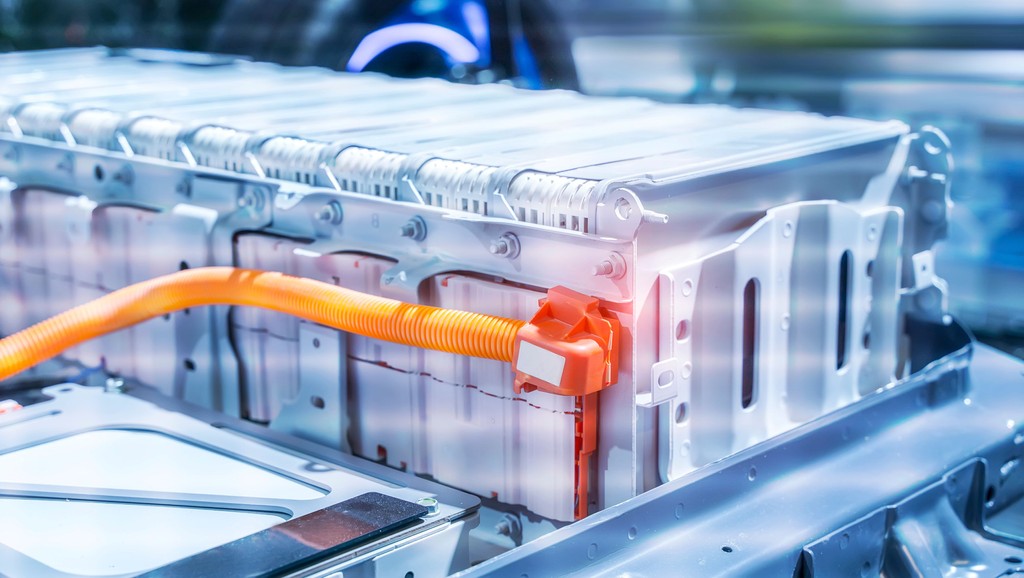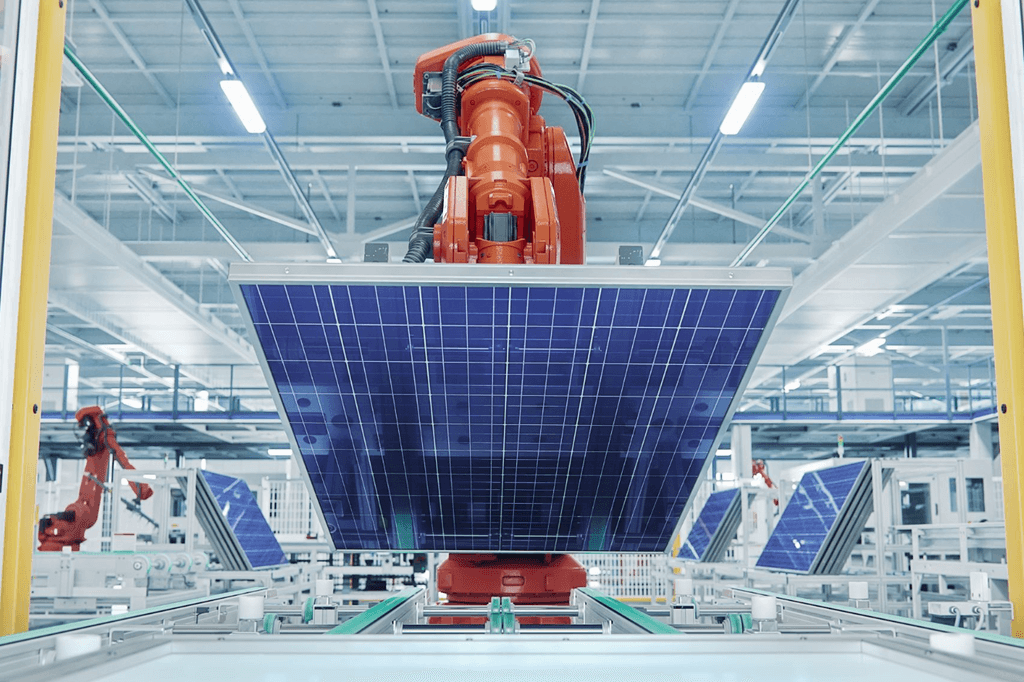SunEdison Inc. won final approval for a bankruptcy plan that will leave what was once the world’s largest renewable-energy firm as a shell of its former self, with nothing for shareholders whose investment at one point had been worth about $10 billion.
SunEdison, known for gobbling up other companies and expanding at breakneck speed, will now exit Chapter 11 to “continue business operations to administer and maximize the value of the company’s remaining assets,” including intellectual property and fixtures, Chief Financial Officer Philip Gund said in court filings.
U.S. Bankruptcy Judge Stuart Bernstein’s approval of the reorganization plan in Manhattan court Tuesday came as he overruled remaining objections from shareholders as well as two investors who had opposed the company’s exit financing. He noted that many shareholders had emailed him to object to the plan, and that he would issue a written ruling explaining his decision to approve the reorganization in despite of their protests.
Bernstein said there was no evidence of bad faith in the negotiation of exit financing, as had been alleged by CNH Partners LLC and AQR Capital Management LLC, holders of second-lien debt. Left out of the exit financing, they had alleged that the company had essentially bought the votes of other second-lien creditors that had agreed to fund it in exchange for stock in the reorganized company.
Bleak Prospects
When SunEdison first sought court protection in April 2016, things looked bleak for creditors and its two companies known as yieldcos created to buy the wind and solar projects it built, TerraForm Power Inc. and TerraForm Global Inc., whose finances were deeply entwined with their parent. The bankruptcy covered $16.1 billion in liabilities and a tangle of 1,500 legal entities, including individual wind and solar projects still in development.
SunEdison managed to settle disputes with the yieldcos and negotiate a sale for some of its more prized projects. Its crowning achievement was the sale of its yieldco stakes to Brookfield Asset Management Inc.
SunEdison’s second-lien debt holders participating in the exit financing will get 90 percent of the company’s new common stock as well as 90 percent of Class A shares in TerraForm Power in exchange for backing a rights offering designed to raise $300 million for the bankruptcy exit, according to court filings.
The reorganized company’s modest agenda also includes completing transactions for remaining assets that are being sold, and maximizing the recovery of tax refunds, court filings show.
Management Actions
The plan also settles some disputes over what caused the company to fail. These included the actions of executives and directors, and how SunEdison created and used the two TerraForms to deliver yield to investors hungry for wind and solar investments. The pacts resolve issues that are all “highly contentious, complex, multi-party issues that would each raise their own risks and factual challenges if litigated,” Chief Executive Officer John Dubel wrote in a court filing.
Those measures helped unsecured creditors, who had once expected to get nothing. They secured $32 million in proceeds of directors and officers’ insurance through settlements, and $18 million through negotiations with the yieldcos. They will be repaid through a trust, seeded with those funds, which also has the rights to pursue lawsuits over the company’s demise. While the settlements limit potential lawsuits, court papers note that some claims related to fraud, willful misconduct or gross negligence are still possible.
Secured creditors, including some who rolled over their pre-bankruptcy debt into a new loan at the outset of the Chapter 11 case, will be repaid in full with cash, according to court papers. This group includes banks that provided the company with an operating loan to keep funding projects in bankruptcy.
More Lawsuits
A debtor-in-possession or DIP loan from Deutsche Bank AG as administrative agent at the outset of the case was repaid by a second DIP loan in April. The second DIP was arranged by Deutsche Bank, Goldman Sachs Lending Partners LLC and Bank of America Merrill Lynch. Deutsche, Goldman and other funds were also lenders, according to court papers.
The reorganization doesn’t affect ongoing lawsuits from SunEdison’s common shareholders, who pursued the company’s former management. A spokesman for SunEdison didn’t return a call and email seeking comment.
Even as the reorganization draws to a close, letters from more than 100 disgruntled shareholders continue to roll in for the judge, and a group to represent them continued to object. They questioned how the company ran through $24 billion in financing, leaving nothing for them. They also complained that they were left in the dark about how assets were valued and sold.
“I have significant value in this company which will affect my family,” shareholder Piyush Patel wrote in a July 5 letter to Bernstein, complaining that an independent financial audit of the company was never done.
“SunEdison flew too close to the sun and landed in Manhattan bankruptcy court,” Nathan Serota, a New York-based analyst at Bloomberg New Energy Finance, said in an email last week. “During the Chapter 11 process, the company lost nearly all of the the assets and personnel that — for better or worse – defined it in the first place.”
The case is In re SunEdison Inc., 16-10992, U.S. Bankruptcy Court, Southern District of New York (Manhattan). The shareholder lawsuits are 16-02742, U.S. District Court, Southern District of New York (Manhattan).






